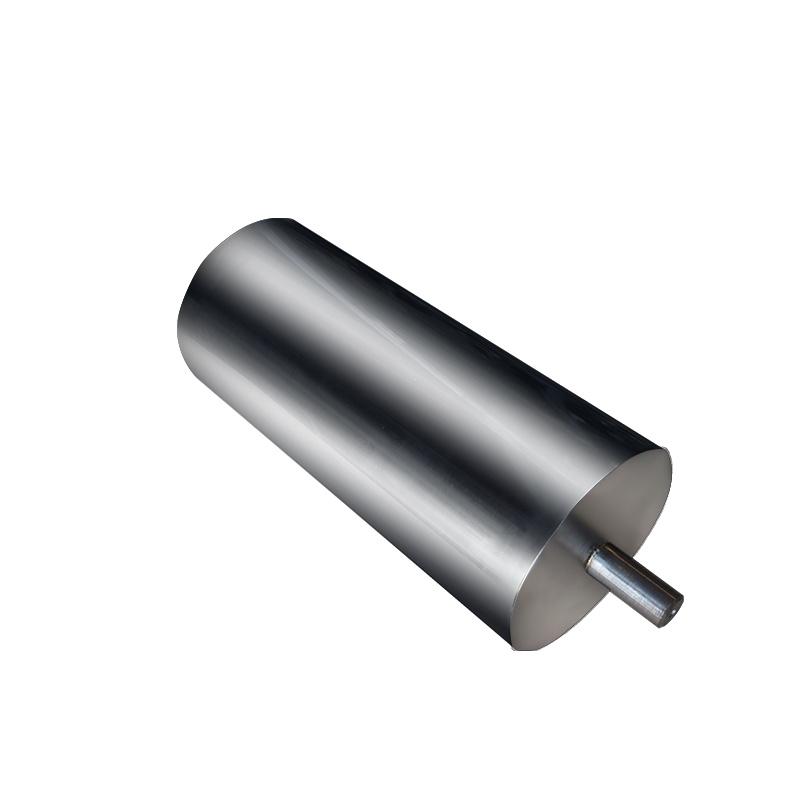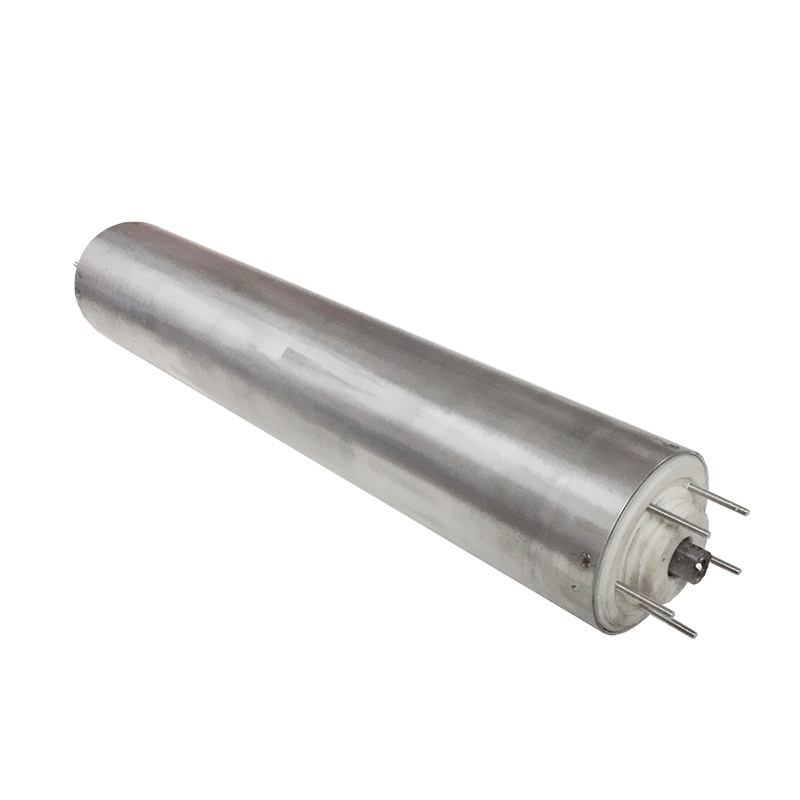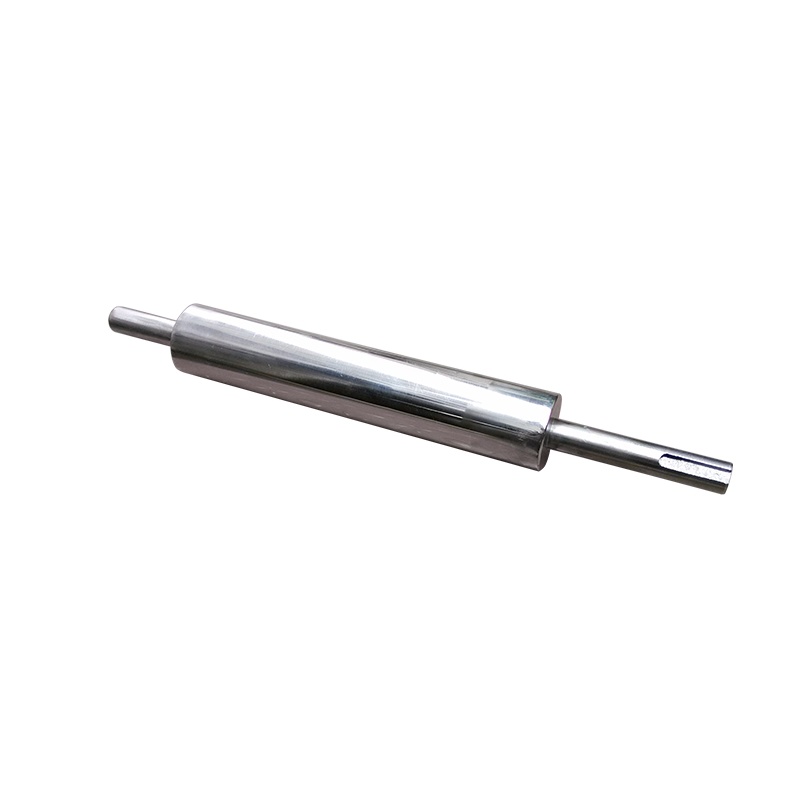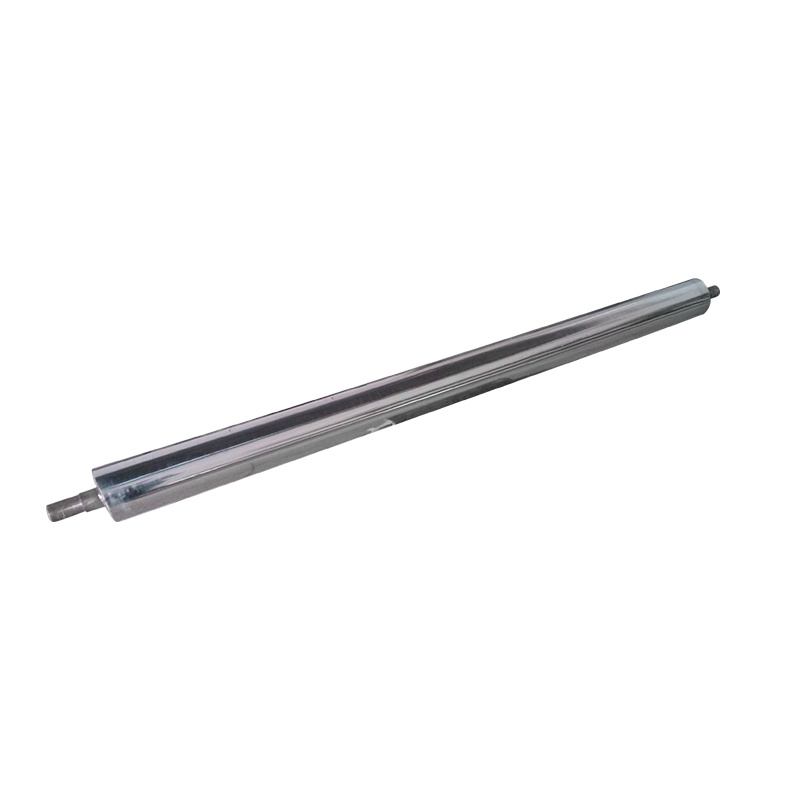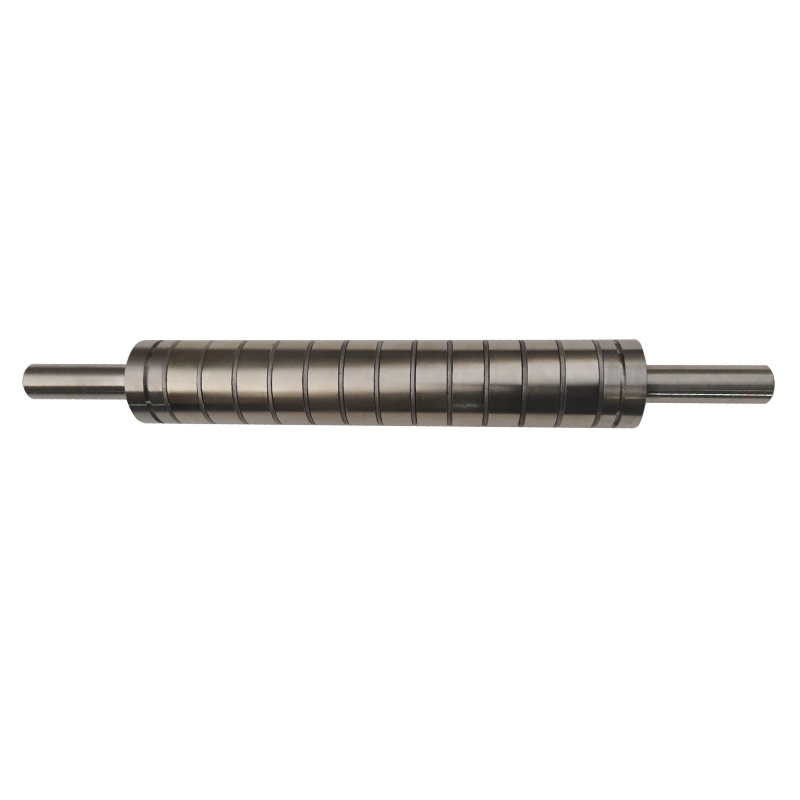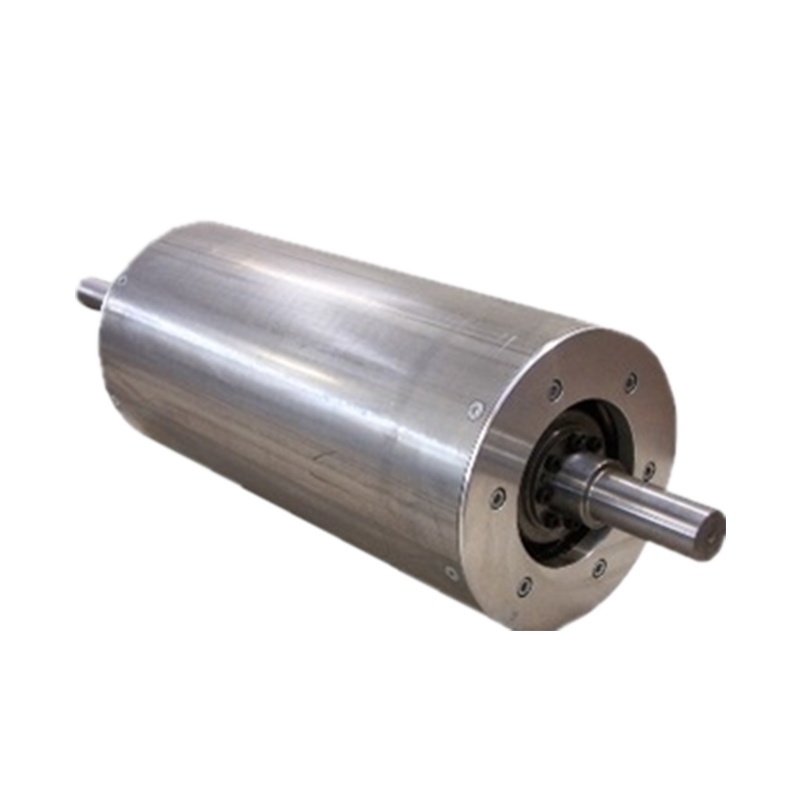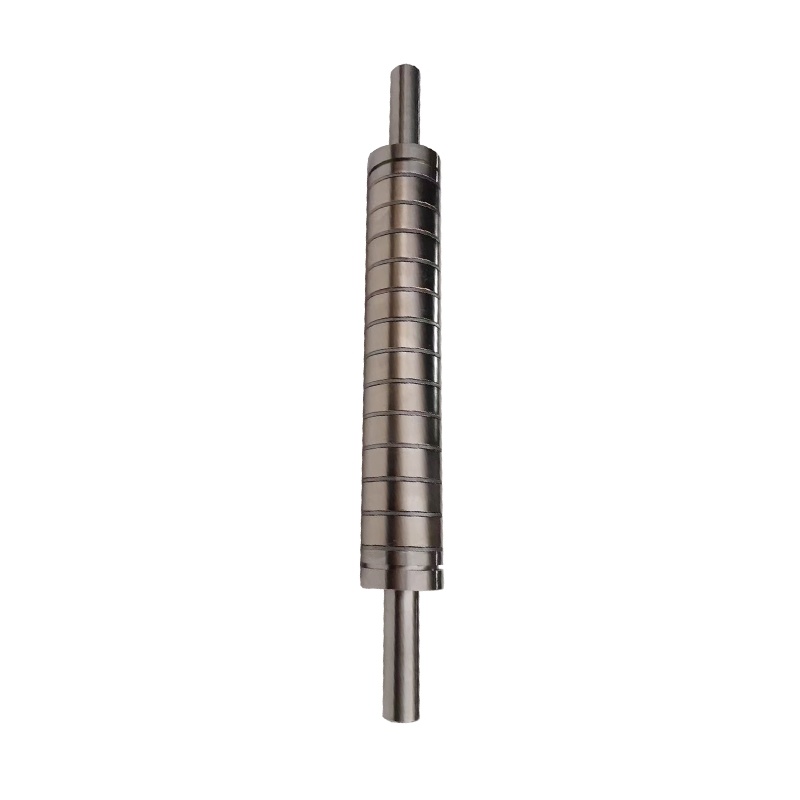We provide customers with high-quality equipment and OEM / ODM
Categories
Contact Us
E-mail:
Fsylcd@fsylcd.com
WhatsApp:
601112483448
Address:
No. 11, Shanqian Road, Dafengtian, Wuzhuang, Luocun, Shishan Town, Nanhai District, Foshan City, Guangdong Province
Magnetic roller
Permanent magnet rollers work on a similar principle to magnetic drums, usually consisting of three parts: a magnet, a shaft, and a stainless steel shell. It is often installed at the end of the conveyor belt to separate ferrous pollutants, when the material passes through the permanent magnet drum, the magnetic field generated by it will adsorb the ferrous impurities on the rewind surface, and when the conveyor belt passes through the magnetic field around the magnetic pulley, the impurities are separated from the clean material.
Permanent magnet rollers work on a similar principle to magnetic drums, usually consisting of three parts: a magnet, a shaft, and a stainless steel shell. It is often installed at the end of the conveyor belt to separate ferrous pollutants, when the material passes through the permanent magnet drum, the magnetic field generated by it will adsorb the ferrous impurities on the rewind surface, and when the conveyor belt passes through the magnetic field around the magnetic pulley, the impurities are separated from the clean material.
Permanent magnet rollers work on a similar principle to magnetic drums, usually consisting of three parts: a magnet, a shaft, and a stainless steel shell. It is often installed at the end of the conveyor belt to separate ferrous pollutants, when the material passes through the permanent magnet drum, the magnetic field generated by it will adsorb the ferrous impurities on the rewind surface, and when the conveyor belt passes through the magnetic field around the magnetic pulley, the impurities are separated from the clean material.
Permanent magnet rollers work on a similar principle to magnetic drums, usually consisting of three parts: a magnet, a shaft, and a stainless steel shell. It is often installed at the end of the conveyor belt to separate ferrous pollutants, when the material passes through the permanent magnet drum, the magnetic field generated by it will adsorb the ferrous impurities on the rewind surface, and when the conveyor belt passes through the magnetic field around the magnetic pulley, the impurities are separated from the clean material.
Permanent magnet rollers work on a similar principle to magnetic drums, usually consisting of three parts: a magnet, a shaft, and a stainless steel shell. It is often installed at the end of the conveyor belt to separate ferrous pollutants, when the material passes through the permanent magnet drum, the magnetic field generated by it will adsorb the ferrous impurities on the rewind surface, and when the conveyor belt passes through the magnetic field around the magnetic pulley, the impurities are separated from the clean material.
Permanent magnet rollers work on a similar principle to magnetic drums, usually consisting of three parts: a magnet, a shaft, and a stainless steel shell. It is often installed at the end of the conveyor belt to separate ferrous pollutants, when the material passes through the permanent magnet drum, the magnetic field generated by it will adsorb the ferrous impurities on the rewind surface, and when the conveyor belt passes through the magnetic field around the magnetic pulley, the impurities are separated from the clean material.
Permanent magnet rollers work on a similar principle to magnetic drums, usually consisting of three parts: a magnet, a shaft, and a stainless steel shell. It is often installed at the end of the conveyor belt to separate ferrous pollutants, when the material passes through the permanent magnet drum, the magnetic field generated by it will adsorb the ferrous impurities on the rewind surface, and when the conveyor belt passes through the magnetic field around the magnetic pulley, the impurities are separated from the clean material.
Permanent magnet rollers work on a similar principle to magnetic drums, usually consisting of three parts: a magnet, a shaft, and a stainless steel shell. It is often installed at the end of the conveyor belt to separate ferrous pollutants, when the material passes through the permanent magnet drum, the magnetic field generated by it will adsorb the ferrous impurities on the rewind surface, and when the conveyor belt passes through the magnetic field around the magnetic pulley, the impurities are separated from the clean material.
Permanent magnet rollers work on a similar principle to magnetic drums, usually consisting of three parts: a magnet, a shaft, and a stainless steel shell. It is often installed at the end of the conveyor belt to separate ferrous pollutants, when the material passes through the permanent magnet drum, the magnetic field generated by it will adsorb the ferrous impurities on the rewind surface, and when the conveyor belt passes through the magnetic field around the magnetic pulley, the impurities are separated from the clean material.


